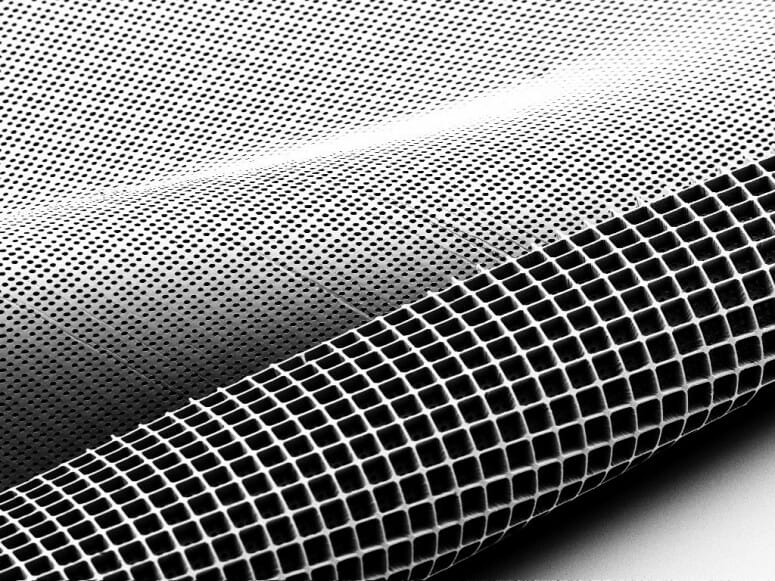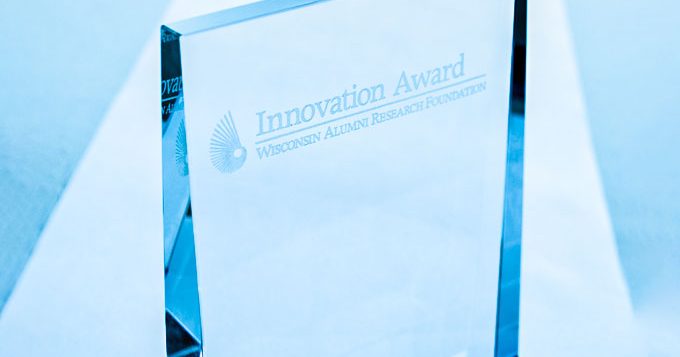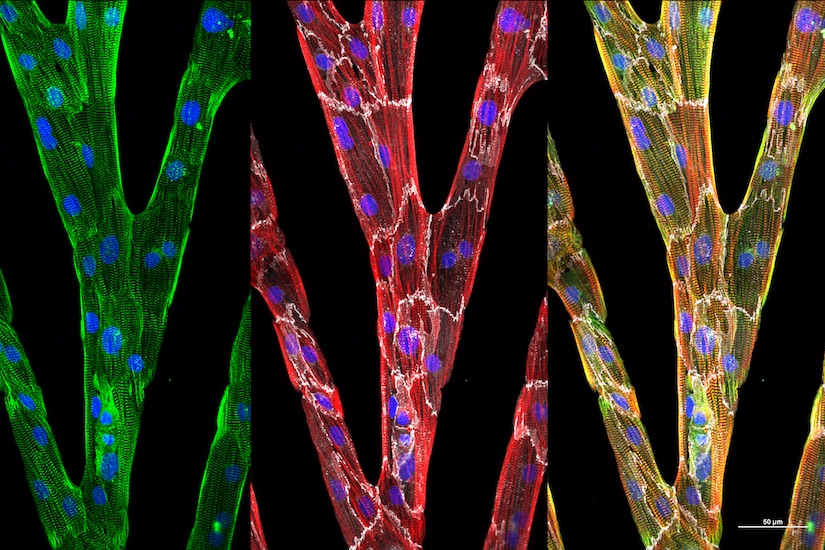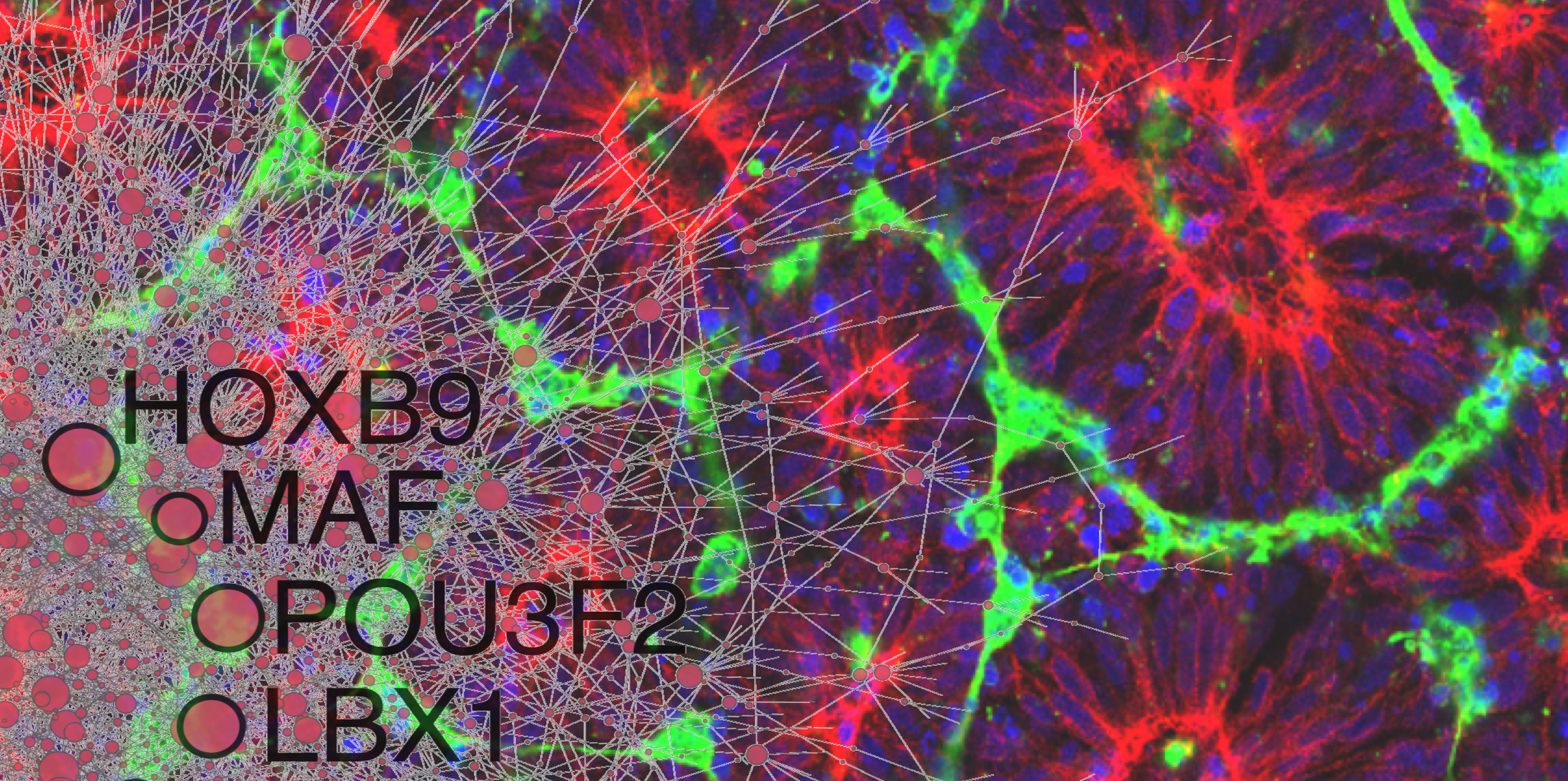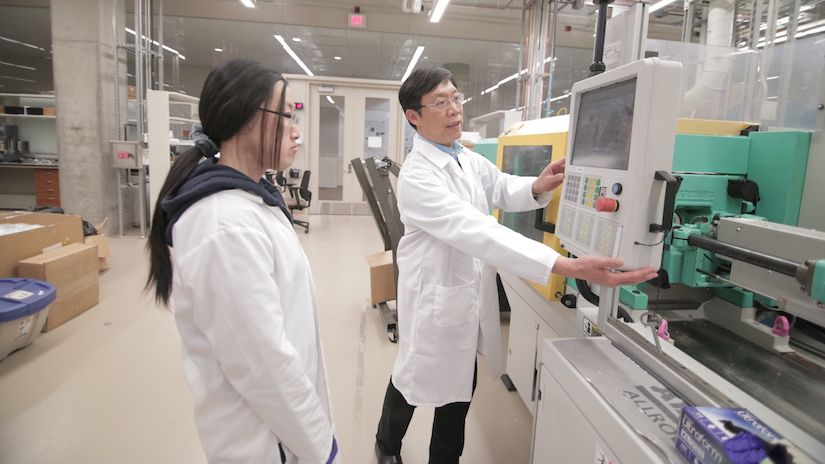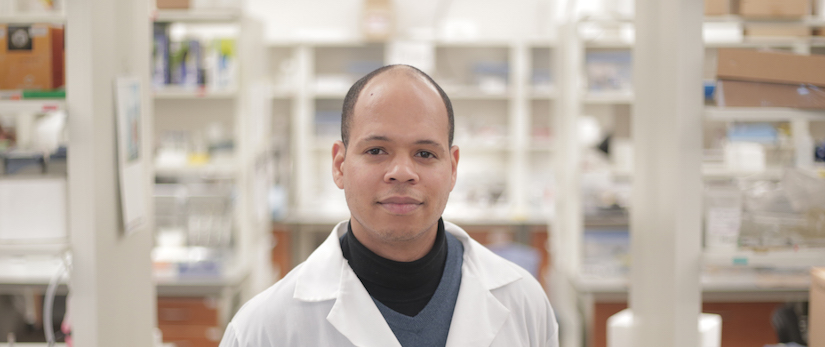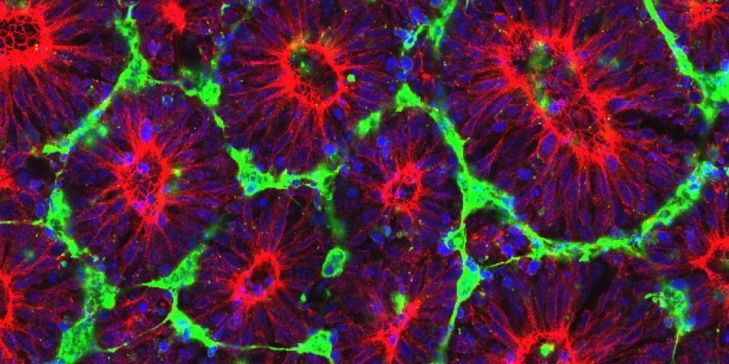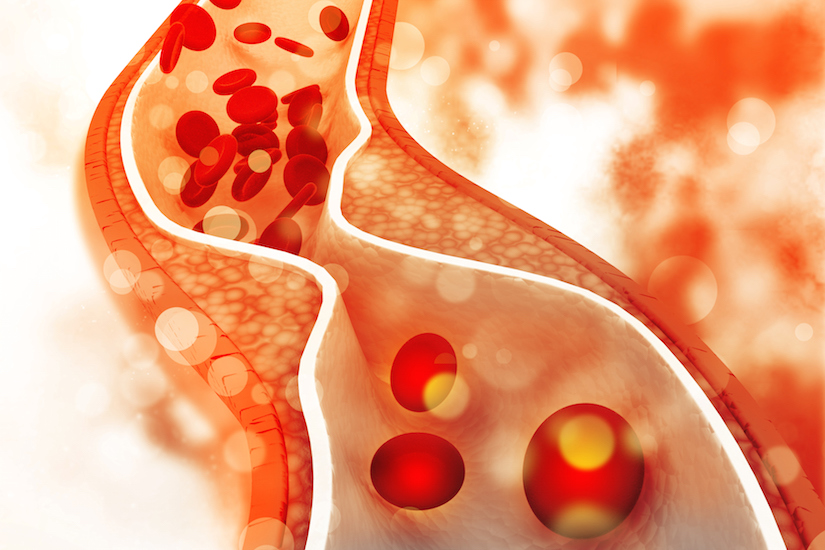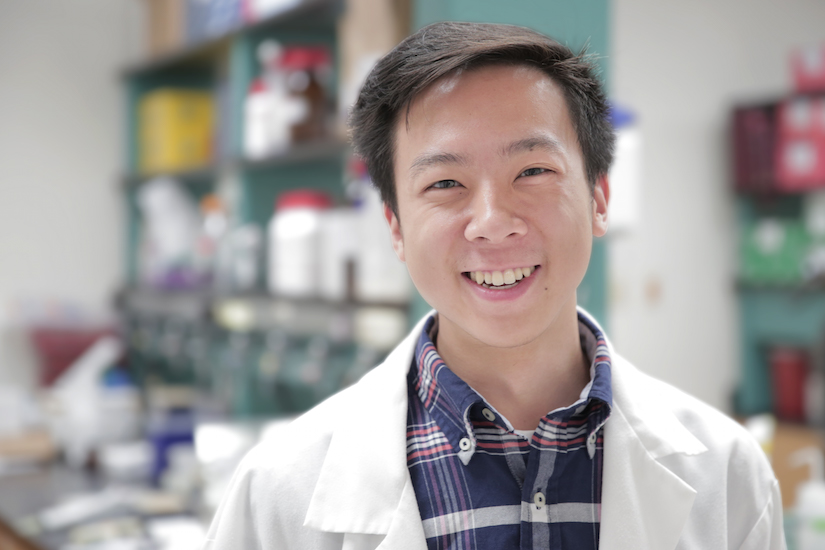The promise of tissue engineering stretches the limits of our imagination.
Biotechnology in general, and stem cell research in particular, has made great strides in spurring the growth (and re-growth) of specific human cell types. But cells alone cannot replace human tissue. Cells need scaffolds to serve as structural guides while growing into useful tissues or life-saving drug delivery systems.
Cell-scale scaffolds share similarities with building-scale scaffolds used in construction projects. Viable scaffolds allow for the mass transport of oxygen and nutrients. These scaffolds can direct the growth of cells migrating from nearby tissue or provide a foothold for new tissue growth. This directed growth could be used to replace destroyed nerves or heal fractured bones, damaged blood vessels, or parts of diseased organs.
Tissue engineering researchers at WID are laying the research foundation for these transformative scaffolding technologies. Ultimately, their work aims to heal damaged tissues with remarkable speed and minimal complications.
By working at the intersection of biotechnology and nanotechnology, tissue engineering researchers are building a library of scaffolding materials and cost-effective, mass-production methods that will work for a variety of cell types used in a wide range of in-body applications.


